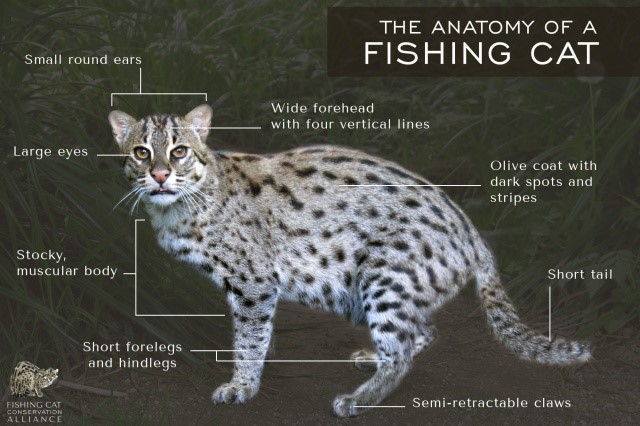7667766266
enquiry@shankarias.in
Why in News?
The 2nd fishing cat census is expected to be completed within a few weeks.
The Coringa Wildlife Sanctuary (CWS) which is India’s 2nd largest mangroves, is home to larger number of fishing cat. It is part of the Godavari estuary, where the Coringa river confluences into the Bay of Bengal in the state of Andhra Pradesh.
Krishna Wildlife Sanctuary in the Krishna estuarine forest area in Andhra Pradesh is another place where these endangered cat species live.

|
Fishing Cat Collaring Project |
|
As per the 1st survey of fishing cats, the population of fishing cats was 115 in 2018 but the number has increased significantly over the past 5 years.
References